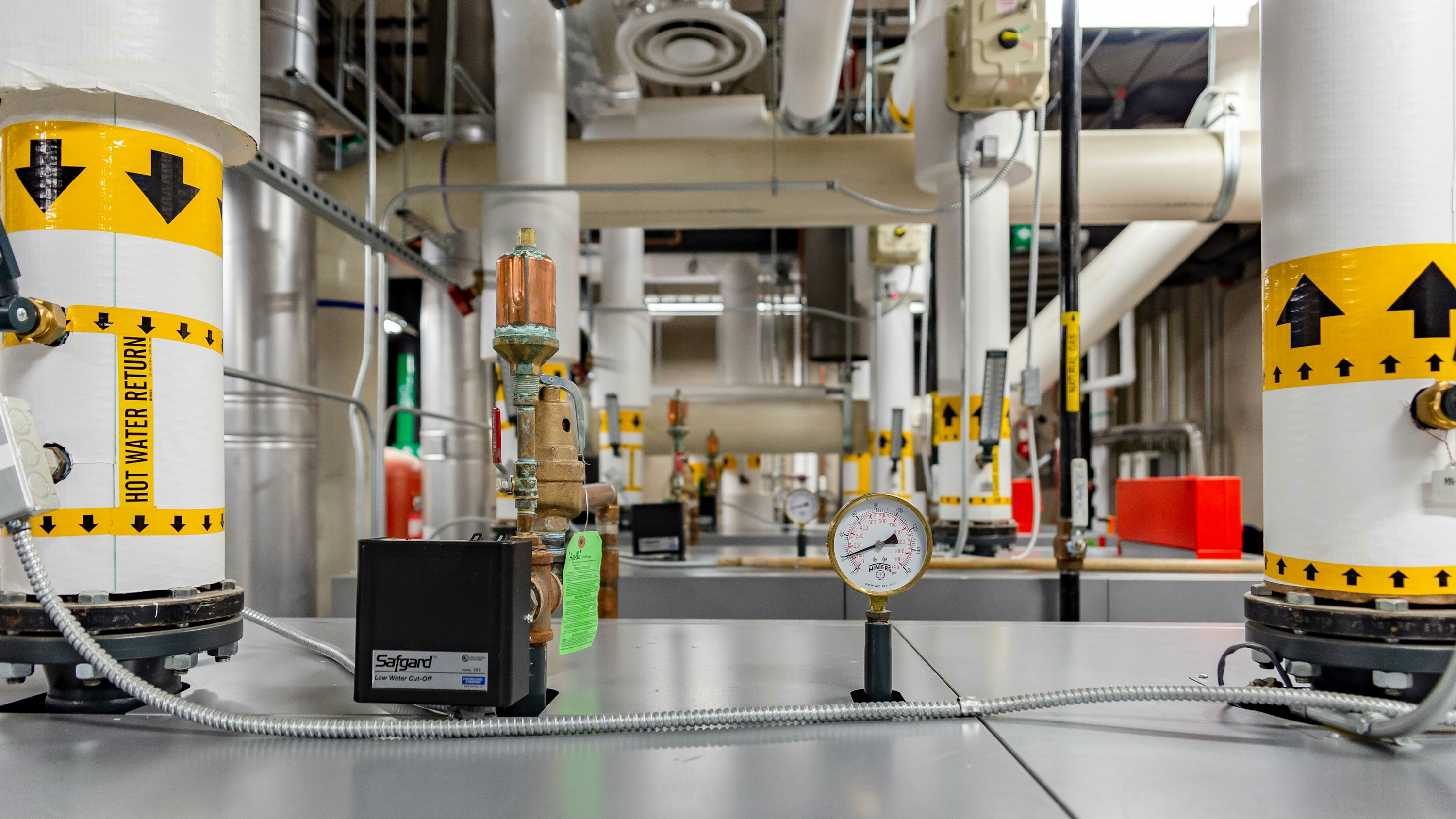
One of our core values is to go above and beyond to provide superior service that exceeds expectations. One way we accomplished that this year was by expanding our team’s engineering capabilities. Our balance between engineering and architecture enables us to customize each project to the unique needs of every client and provide engineering support throughout the entirety of the project. These additional capabilities continue to elevate our integrated design approach and range of client services.
1. Why has Wold continued to invest in its engineering department, and how is this investment making a difference on current projects?
We strive to deliver the best overall experience for our clients. Our Engineering team allows us to be more responsive to our client's needs by delivering high-quality and high-performance solutions. As building systems and technologies continue to evolve at a rapid pace, our engineering team is essential in staying current and continually adapting our approach to building design. Currently, our clients are looking to minimize and reduce their carbon footprint by working towards carbon-neutral facilities.
2. What type of experience and skillsets have the new team members added to Wold’s capabilities?
Our in-house engineering team includes expertise in mechanical, electrical, plumbing and technology systems. This expertise represents all the major building systems needed to meet the high-performance expectations of our clients. Our Technology Group represents the most recent investments in our engineering team. We continue to grow our expertise in technology and audiovisual design.
3. What are the primary benefits of having architecture and engineering capabilities under one roof?
We work together with a common goal of delivering the highest level of client service possible. Having a full range of technical expertise working in a collaborative environment allows us to rise to any challenge a project might present. We are also ideally positioned to integrate the design of all disciplines from the very beginning of every project to deliver the highest performing buildings possible.
4. How do Wold’s in-house engineering contribute to the project outcome and client experience?
The core focus of our engineering team goes beyond project design. We strive to build long lasting relationships with our clients and facility personnel to provide expertise beyond individual projects. We are a resource to help trouble shoot and develop solutions to meet all facility needs. Our commitment does not end when a project is complete. We consider our clients a client for life and are always available to help.
5. Can you provide an example of 1 or 2 projects that have engaged Wold’s engineering capabilities and added significant value to the project?
Wold’s engineering team strives to provide added value on every project. A good example is at Pike Lake Elementary School in the Moundsview School District. Buildings throughout the district were retrofitted with new mechanical systems following a bond referendum in the early 2000s. There was a common system approach implemented that had similar operational issues and were providing very poor energy performance.
In addition, some of the equipment installed at that time was nearing the end of its useful life and starting to fail. The Wold engineering team developed a solution at the elementary school as a test case prior to implementation throughout the district. The solution leveraged reusing the existing systems to the extent possible to minimize the initial cost. The net result is that the project removed the aged and failing equipment and reduced the actual utility costs from $176,000 per year in 2017 to $90,500 per year in 2019. That represents nearly a 50% reduction in annual operating cost. Subsequent projects have implemented a similar approach in other district buildings. The major components of the system solution included the following:
6. What value does this integrated design approach create in the short and long-term? How does it set Wold apart from other firms?
In the short term, an integrated design approach optimizes the design of each discipline to provide the highest performing building within the constraints of the budget. An integrated design approach ensures full consideration of the interrelationship of the design of each discipline including functional and aesthetic outcomes and the associated costs.
In the long term, an integrated design approach will account for life cycle costs over the life of the building. This includes designing for flexibility to adapt to future systems and technologies and ensure there are accommodations for regular and periodic maintenance. Our in-house capabilities ensure our team and clients have the resources they need immediately available throughout the entire project.